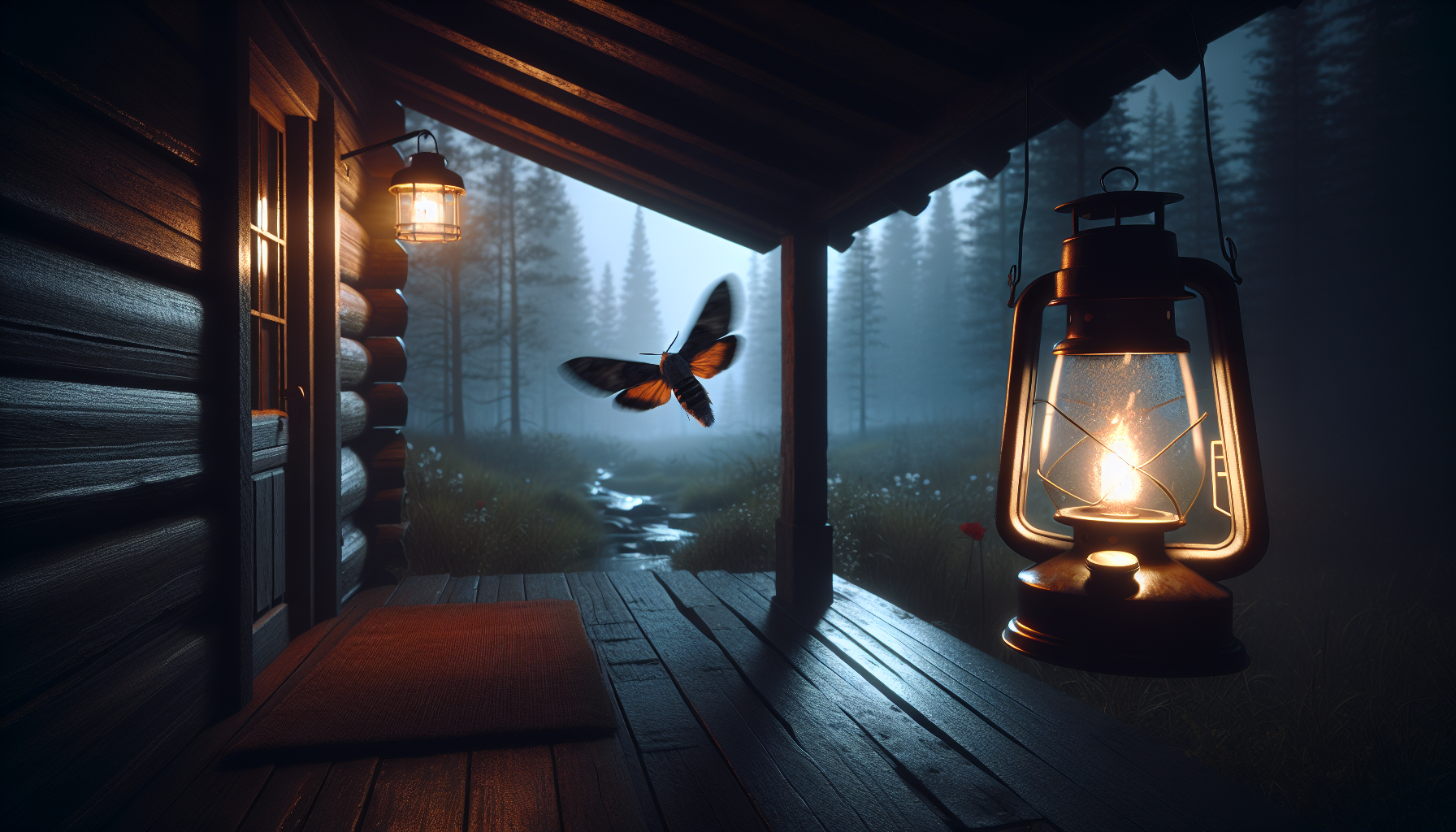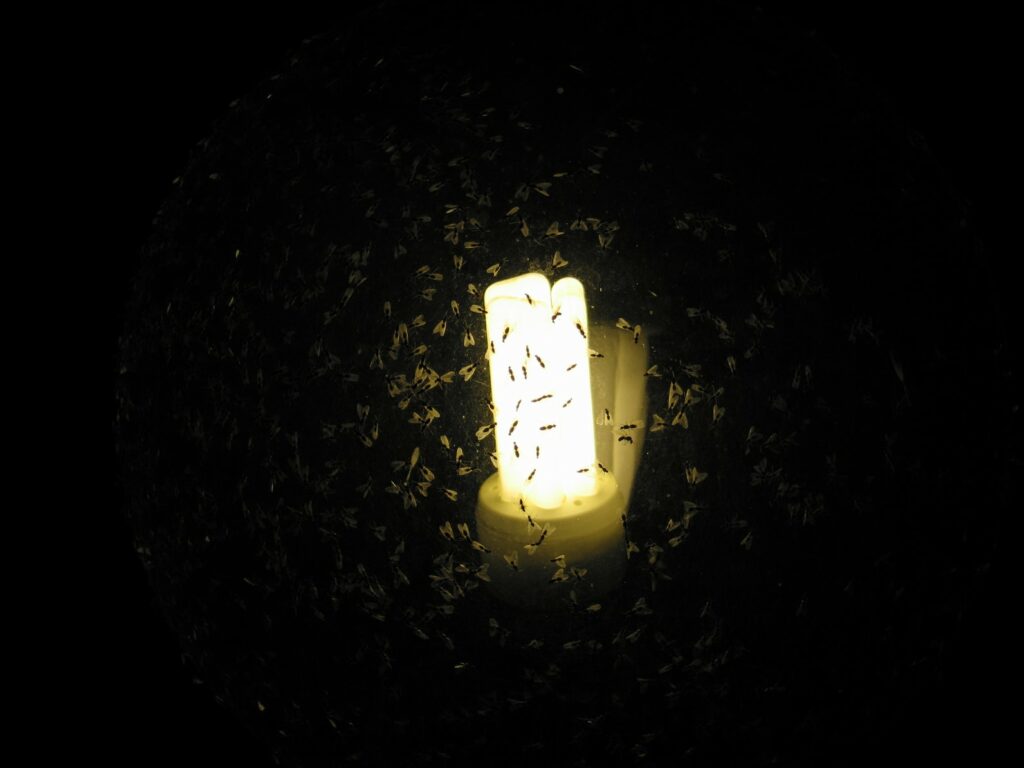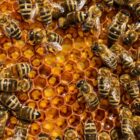Why Do Bugs Like Light?

In the world of insects, light plays a significant role in their daily lives. From attracting mates to navigating through environments, light is an essential component that many bug species rely on. But why do bugs like light? Is it just a coincidence or are there underlying reasons for this affinity towards illumination?
The Importance of Light in Insect Communication
Insects rely heavily on visual cues, including light, to convey information about their environment, potential mates, predators, and territory. Fireflies are a prime example of insects that use bioluminescence to produce their own light as a means of communication.
Fireflies have evolved unique flash patterns to attract mates or warn off rivals. The intensity, duration, and pattern of these flashes serve as a form of visual language, allowing fireflies to recognize potential partners or rivals. This complex system is thought to be influenced by the environment in which they live, with different species exhibiting distinct flash patterns.
Beyond bioluminescence, many insects rely on reflected light from celestial bodies like the moon and stars for navigation during nocturnal migrations. Some moths and butterflies use these lunar cues to orient themselves towards their destination. This phenomenon is often seen in species that migrate long distances at night, such as the monarch butterfly (Danaus plexippus).
In addition to bioluminescence and celestial navigation, insects also employ visual signals from other sources like flowers and trees. For example, some bees (Apidae) use ultraviolet (UV) light reflected by certain flowers to locate nectar-rich blooms. This UV reflectance is often invisible to humans but serves as a vital cue for these pollinators.
Polarized Light
The importance of light in insect communication extends beyond simple attraction or navigation. Some insects have evolved complex visual systems that allow them to detect subtle changes in their environment, such as the presence of predators or competitors. For instance, some species of ants (Formicidae) use chemical signals and visual cues to communicate with each other about potential threats.
The interplay between light and insect communication is further complicated by the role of polarization. Some insects can perceive polarized light, which allows them to detect the orientation of light waves. This ability has been observed in species like bees and ants, where it may be used for navigation or detecting the presence of other animals.
Light-Dependent Behavior in Insects
Insect behavior is often influenced by the intensity, wavelength, or duration of light exposure. Many species exhibit diel rhythms, where they display specific behaviors at certain times of day or night.
Nocturnal insects like cockroaches (Blattodea) and crickets (Gryllidae) are active during nighttime hours when light levels are low. These insects have evolved to thrive in the absence of sunlight, using their keen senses to navigate through dark environments.
In contrast, diurnal insects like bees (Apidae) and butterflies (Lepidoptera) are most active during daylight hours. They use visual cues from flowers, trees, and other environmental features to locate food sources, avoid predators, and find suitable habitats for mating or egg-laying.
Phototaxis
Light can also trigger behavioral responses in insects. For example, some species exhibit phototaxis, where they move towards or away from a light source. This is often seen in ants (Formicidae) and beetles (Coleoptera), which use sunlight to navigate through their environment.
Some insects have evolved unique adaptations to cope with changing light conditions. For instance, certain moths can adjust their flight patterns based on the position of the moon or stars. This allows them to migrate long distances at night while avoiding predators and finding suitable habitats for reproduction.
In addition to phototaxis, some insects have developed strategies to cope with artificial light sources like streetlights and building lights. For example, some species of moths are attracted to porch lights, which can alter their population dynamics or disrupt natural migration patterns.

Visual Perception in Insects
Insect visual perception is a complex process that involves the detection, processing, and interpretation of light signals from their environment.
One of the most striking aspects of insect vision is its simplicity compared to human vision. While humans have highly developed eyes with intricate structures like retinas and optic nerves, many insects rely on compound eyes composed of thousands of individual lenses called ommatidia. These ommatidia are capable of detecting movement, color, and polarized light, allowing insects to perceive their environment in a unique way.
The structure and function of insect eyes are also influenced by their evolutionary history. For instance, flies (Diptera) have compound eyes that are highly sensitive to movement, allowing them to detect even slight changes in air currents or the presence of other insects. This is particularly useful for flies that rely on vision to locate food sources like decaying matter.
Insects use visual information from their environment to regulate their circadian rhythms and synchronize their behavior with changing light conditions. For example, some species of ants adjust their activity patterns based on the position of the sun or moon, ensuring they remain active during the most favorable times for foraging or social interaction.
The Impact of Artificial Light on Insects
Artificial light has become an integral part of modern life, illuminating our homes, streets, and public spaces. However, this increased exposure to artificial light can have significant effects on the behavior and ecology of insects.
One of the most notable impacts is the disruption of natural insect migration patterns. Many species of moths and butterflies rely on moonlight or starlight to navigate during their nocturnal migrations. However, artificial light sources like streetlights and porch lights can confuse these insects, causing them to alter their flight paths or even abandon their migratory routes altogether.
Effects On Physiology and Behaviour
Artificial light can also have a profound impact on the behavior of individual insects. For example, some species of moths are attracted to porch lights, which can lead to increased mortality rates due to predation by birds and other predators that congregate around these artificial light sources. Similarly, certain species of beetles may become more active at night in response to the warmth and illumination provided by streetlights.
In addition to altering insect behavior, artificial light can also have a direct impact on their physiology. For instance, some studies have shown that exposure to artificial light during the day can suppress the natural circadian rhythms of certain insects, leading to changes in their activity patterns and potentially even affecting their ability to regulate body temperature or metabolism.
The increased use of LED lighting has raised concerns about its potential impacts on insect ecology. While LEDs are often touted as energy-efficient and environmentally friendly, some studies have suggested that they may be more attractive to certain species of insects than traditional incandescent bulbs. This could lead to changes in the composition of local insect populations or even alter the dynamics of ecosystems.










